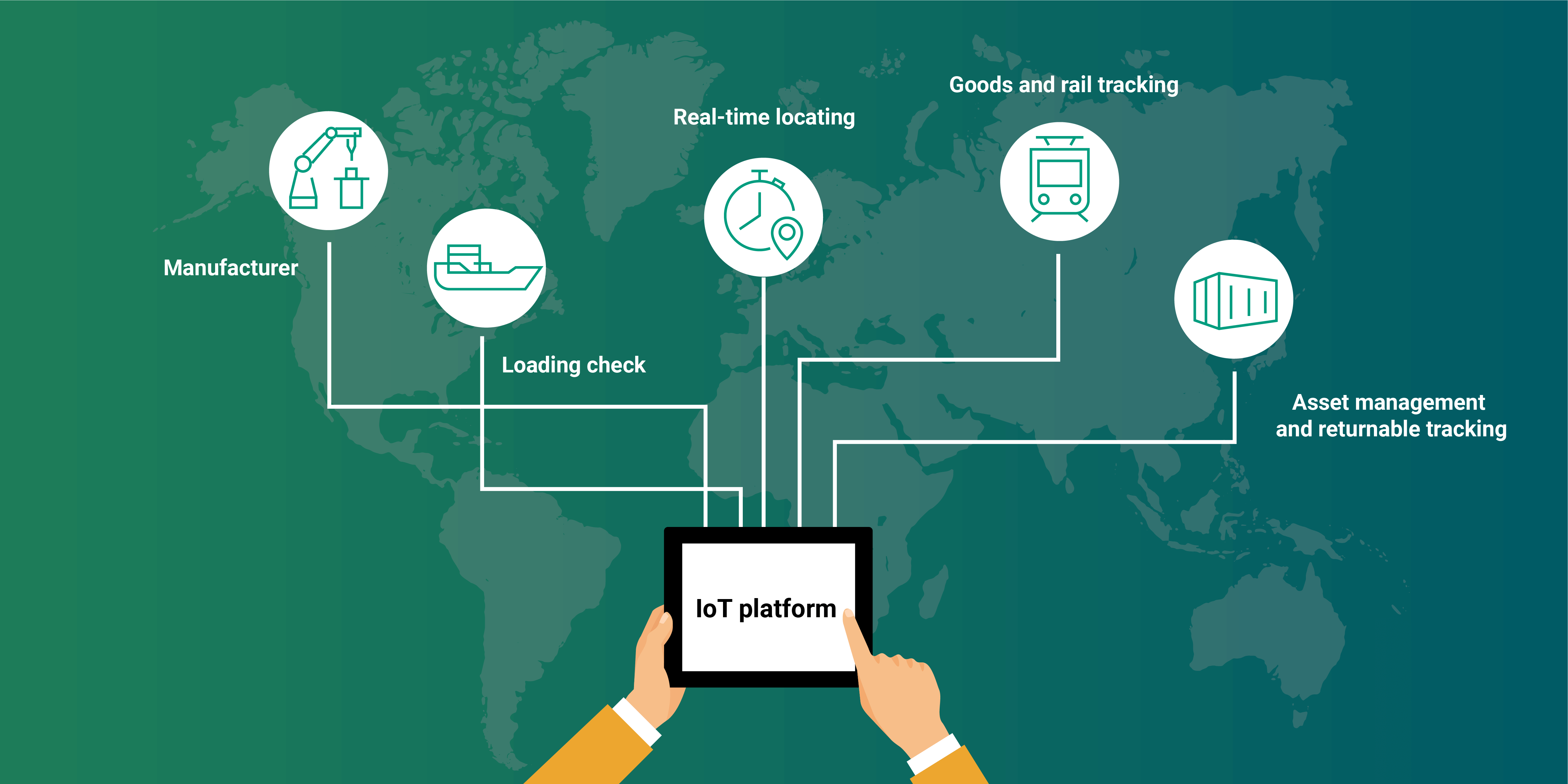
Introduction:
In today's rapidly evolving business landscape, supply chain management plays a pivotal role in the success of organizations across industries. The ability to optimize supply chain operations, increase efficiency, and respond swiftly to disruptions has become paramount. To achieve these goals, companies are leveraging the power of supply chain visibility, analytics, and network design. In this blog post, we will explore how these interconnected elements contribute to enhancing supply chain performance, mitigating risks, and driving strategic decision-making.
Supply Chain Visibility: Illuminating the Path
Supply chain visibility refers to the ability to track and monitor inventory, orders, and shipments across the entire supply chain network in real-time. It provides organizations with comprehensive insights into the movement of goods, enabling them to make informed decisions and take proactive actions. By implementing robust visibility solutions, companies gain transparency into various aspects of the supply chain, including supplier performance, production status, inventory levels, and delivery timelines.
Benefits of Supply Chain Visibility:
1.Proactive Risk Management: Increased visibility allows businesses to identify potential bottlenecks, anticipate disruptions, and take preventive measures. This proactive approach helps minimize the impact of unforeseen events such as natural disasters, transportation delays, or supplier issues.
2.Improved Customer Service: Real-time visibility enables accurate order tracking and on-time delivery, resulting in enhanced customer satisfaction. Customers can easily access information about their orders, reducing anxiety and building trust.
3.Inventory Optimization: By having a clear view of inventory levels across the supply chain, companies can optimize stock levels, reduce excess inventory, and minimize carrying costs. This leads to improved working capital management and better cash flow.
Leveraging Analytics for Data-Driven Insights:
Supply chain analytics involves the collection, analysis, and interpretation of vast amounts of data generated within the supply chain ecosystem. By applying advanced analytics techniques, such as machine learning and predictive modeling, organizations can extract actionable insights and uncover hidden patterns within their supply chain data.
Benefits of Supply Chain Analytics:
1.Demand Forecasting: By analyzing historical data, market trends, and external factors, supply chain analytics enables accurate demand forecasting. This helps optimize production plans, minimize stockouts, and align supply with demand.
2.Cost Optimization: Analytics-driven insights enable businesses to identify cost-saving opportunities, such as optimizing transportation routes, reducing warehousing expenses, or renegotiating supplier contracts. This drives operational efficiency and improves profitability.
3.Continuous Improvement: Analytics provides valuable performance metrics and key performance indicators (KPIs) that help organizations monitor supply chain performance. These insights facilitate continuous improvement initiatives, allowing companies to refine processes, streamline operations, and increase overall efficiency.

Network Design: Building Resilient Supply Chains:
Network design refers to the strategic configuration of a supply chain network, including the placement of facilities, distribution centers, and transportation routes. By leveraging advanced modeling and optimization techniques, organizations can design resilient supply chain networks that are adaptive, cost-effective, and responsive to changing market conditions.
Benefits of Network Design:
1.Optimal Footprint: By strategically locating facilities and distribution centers, organizations can minimize transportation costs, reduce lead times, and enhance customer service. This ensures that products reach the market faster and at a lower cost.
2.Risk Mitigation: A well-designed supply chain network takes into account various risk factors and incorporates redundancy and flexibility. This helps mitigate the impact of disruptions, such as natural disasters, geopolitical events, or supplier failures.
3.Scalability and Growth: A flexible network design allows organizations to scale operations efficiently, accommodate future growth, and enter new markets. This enables companies to seize opportunities, expand their customer base, and stay ahead of the competition.
Conclusion:
Supply chain visibility, analytics, and network design have become indispensable tools for modern businesses striving to optimize
Thank you!
Comments: 3

Yash
Great.

Sandeep
Nice.

Mayank
Great work! Nice explanation.
Leave a reply